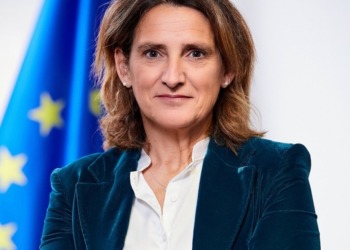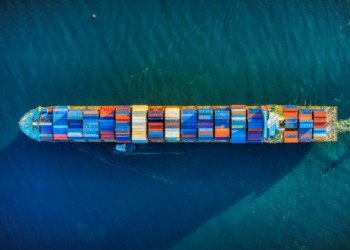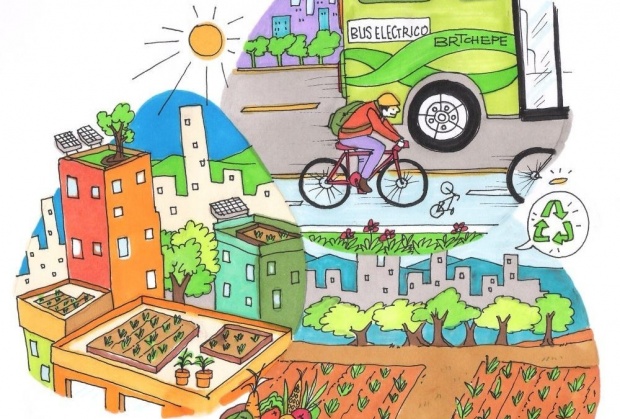Pierre Ferrari is president and CEO of Heifer International, a nonprofit founded 75 years ago with the aim of helping the hungry. Over the course of these three-quarters of a century, Heifer has evolved into a global organization fighting to eradicate hunger and poverty worldwide by distributing animals, along with agricultural and values-based training, to families in need as a means of enabling them to become self-sufficient. Since its inception in 1944, it has helped 20.7 million families in more than 125 countries.
I recently spoke with Pierre to learn more about Heifer and its work around environmental sustainability, as well as about the ways in which he is shaping his future.
What motivated you to get involved with this area of work?
Pierre Ferrari: Farming is the biggest source of livelihood for many people around the world, so it’s key
to ending hunger and poverty. It’s also a complex business.
You can’t always predict how much rain is going to fall, how many eggs your chickens will produce, or how many products you will sell at the market. But you can improve both products and processes to better set yourself up for success. It fascinates me.
I’ve worked in the private sector for much of my career and know that when people earn a living income — where they can cover all their expenses; a roof over their heads, food on the table, also healthcare and education for their kids — they can be more productive actors in growing their local economies. I saw a real opportunity to do this at Heifer, and am excited by the progress we’re making.
But above all, it’s the farmers themselves that made me want to get involved in this work, and keep me doing it. Not only are local farmers feeding the world, but they’re protecting our environment and nourishing future generations. For me, that’s something worth investing in, and that’s why I got involved with Heifer International.
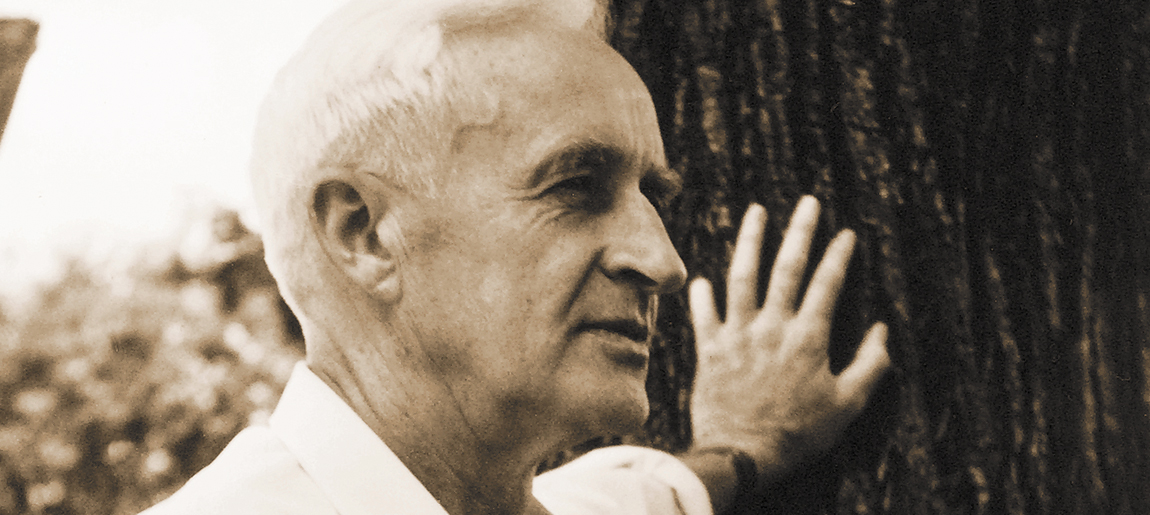
How does the “teach a man to fish” philosophy guide Heifer International’s work?
PF: Our founder, Dan West, was a farmer from the Midwest. He served as a volunteer during the Spanish Civil War, feeding refugees. He knew that giving people food was a short-term solution, as they would still be hungry the next day. Having their own animals would provide a steady supply of nutritious food.
His philosophy still inspires Heifer’s work today. Working with farmers across a range of different livestock and crops, we create unique solutions to local challenges that are designed to build inclusive, resilient economies.
Our goal is to support the communities we work with to reach a living income, where they have enough money to cover all their household costs — including food, shelter, healthcare and education for their kids. We support farmers to build their businesses, improve their products, and access new markets. We partner with local NGOs to
maximize our impact and we interface with local governments to unlock additional funding as a leverage to our investment, and the investments made by communities themselves.
The best way to build resilience is for individual communities to envision what their future looks like and see that it is possible. Our mission is to help them build it.

How has Heifer integrated environmental sustainability into its work?
PF: Heifer International’s mission is to end global hunger and poverty, while caring for the Earth. Environmental sustainability sits at the center of our values-driven development model and is fundamental for the long-term success of the work we do.
We believe that the key to ending global hunger and poverty is getting farmers to a living income and keeping them there. We know progress will be short-term at best, if local resources and the environment are not protected.
The world’s poorest people — many of them farmers — are among those worst affected by climate change. We provide training so they can learn how to protect and improve the soil quality on their farms, and make the business choices that will increase their yields without exhausting local resources.
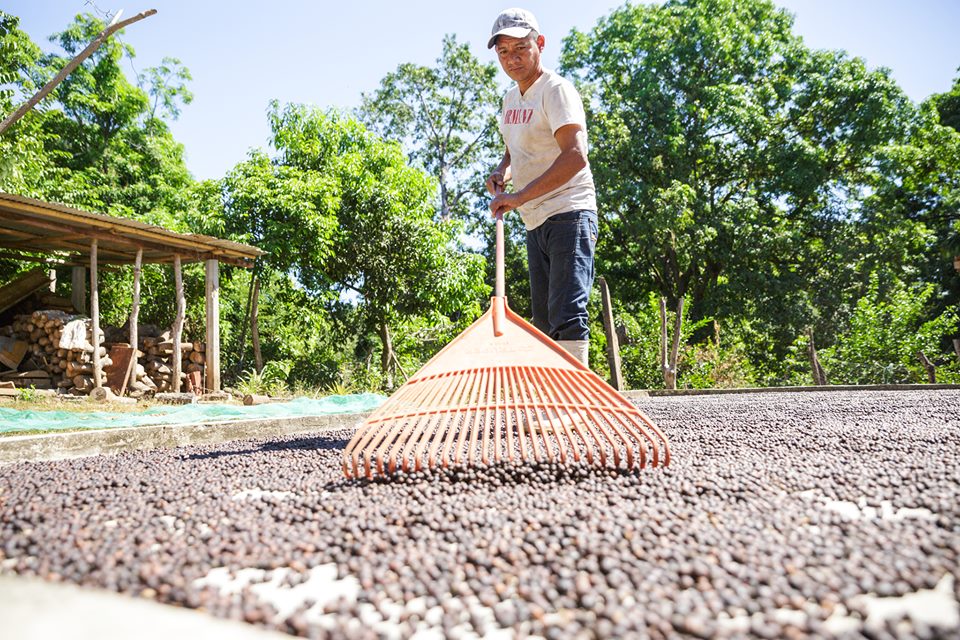
We connect them to experts who provide advice on the best crops and livestock for farmers, using resources that are available locally. And we support communities to get access to cleaner, greener technologies — whether that’s fuel-efficient stoves that use biogas created from animal waste from their farms, solar panels that harvest the power
of the sun, or rainwater harvesting to help keep their crops and livestock alive in dry periods, protecting local aquifers.
Could you share one of Heifer’s success stories, one that has made the greatest impression on you?
PF: A few years ago, I met a coffee farmer called Osma Recinos in Huehuetenango, Guatemala. We started talking about living conditions in her village. She quickly told me her family needed money, and proceeded to run through the numbers for me.
To house and feed the family, send the kids to school, and cover all basic expenses, they needed $7,500 a year. Although their farm produced more high-quality coffee than any of the nearby farms, the family only earned $2,500 a year. “The only option is for my husband to leave, to work in another part of Guatemala, travel to Mexico, or even the United States,” said Osma.
This sense of being stuck is common for many farmers in the world’s poorest countries. Many find their only option is to uproot their families, trading poverty at home for an uncertain future elsewhere.
This conversation marked the beginning of a concerted effort to focus all of Heifer’s projects on supporting local communities to reach living incomes. We work with farmers to build their businesses, improve their products and access new markets. With our support, farmers like Osma are closing the living income gap, and ending hunger and
poverty in their communities.
In relation to our Shape Your Future video series, I would like to ask you one more question — one question to top all others and guide all of us:
How do you shape your future?


